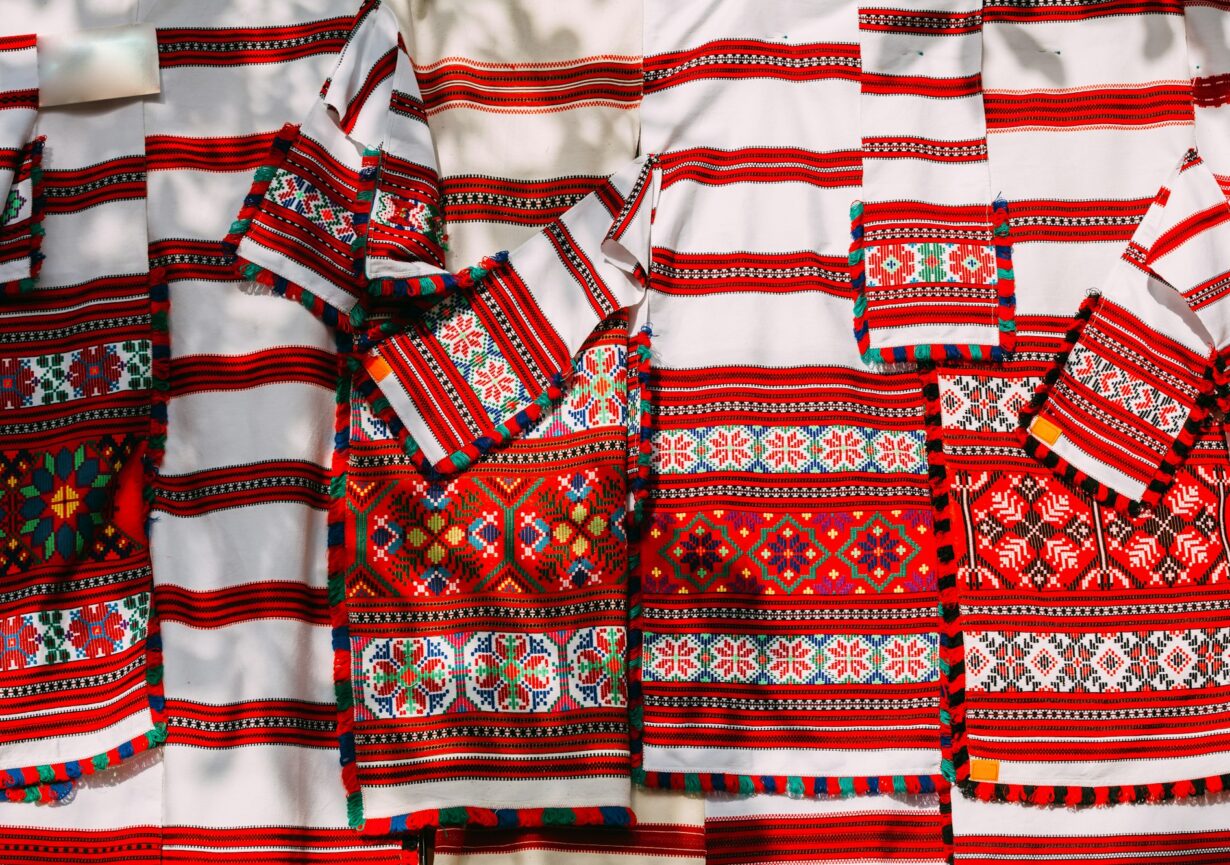Fashion is not just about clothing; it is a rich tapestry woven from diverse cultural influences and historical contexts. It reflects the beliefs, traditions, and artistic expressions of societies around the world. In this article, we will explore various cultural influences in fashion, highlighting how they contribute to the vibrant and ever-evolving landscape of style. We will examine specific global styles, their historical significance, and how contemporary designers are embracing these influences to create innovative and meaningful fashion statements.
1. The Rich Tapestry of Global Styles
Fashion is deeply influenced by cultural heritage, and each region has its unique style that reflects its history and traditions. From the intricate textiles of Africa to the elegant silhouettes of East Asia, every culture has contributed to the global fashion narrative.
African Textiles and Patterns
African fashion is known for its vibrant colors and bold patterns. Traditional textiles like kente cloth, mud cloth, and batik tell stories and convey cultural significance. For instance, kente cloth, originating from the Akan people of Ghana, is woven from silk and cotton and is often used in celebrations and ceremonies. The colors and patterns symbolize different meanings, such as prosperity, love, and social status.
In recent years, African fashion has gained international recognition, with designers incorporating traditional fabrics and techniques into contemporary designs. The rise of African fashion weeks and the global interest in ethical fashion have further spotlighted these rich cultural influences. Designers like Ozwald Boateng and Adebayo Oke-Lawal have successfully blended traditional aesthetics with modern silhouettes, showcasing the beauty and diversity of African fashion on the world stage.
East Asian Elegance
East Asian fashion, particularly from countries like Japan, China, and Korea, has made significant contributions to the global fashion landscape. Traditional garments such as the kimono, hanbok, and qipao not only represent cultural identity but also embody a rich history of craftsmanship.
The kimono, with its elaborate designs and intricate patterns, is a symbol of Japanese culture. It is often worn during special occasions, reflecting the wearer’s status and personality. Contemporary designers, such as Issey Miyake and Rei Kawakubo, have drawn inspiration from traditional Japanese aesthetics, creating innovative pieces that challenge conventional notions of fashion.
In Korea, the hanbok is celebrated for its vibrant colors and graceful lines. It has evolved over the years, with modern interpretations incorporating contemporary designs while maintaining traditional elements. The global popularity of K-Pop and Korean dramas has further popularized Korean fashion, making it a significant influence in the fashion industry.
2. The Role of Cultural Heritage in Fashion
Cultural heritage plays a crucial role in shaping fashion trends and styles. Designers often look to their roots for inspiration, incorporating traditional motifs and techniques into their collections.
Indigenous Fashion
Indigenous fashion is a powerful expression of cultural identity and heritage. Designers from indigenous communities often draw upon traditional practices, materials, and stories to create garments that honor their ancestry. For example, Native American designers like Patricia Michaels and Dawn Nishita have used their artistry to highlight the significance of indigenous symbols and techniques in their work.
These designers not only create beautiful clothing but also educate consumers about the cultural meanings behind their designs. By embracing indigenous practices, they challenge the mainstream fashion narrative and promote the importance of sustainability and ethical production.
The Influence of Historical Context
Historical events and movements have also shaped fashion trends across cultures. For instance, the feminist movement of the 1960s and 1970s inspired a shift in women’s fashion, leading to the adoption of more practical and comfortable clothing. The rise of streetwear in the 1990s was a response to urban culture and youth movements, reflecting social and political sentiments.
Designers often reference historical contexts in their collections, using fashion as a means of commentary. For example, Alexander McQueen’s collections frequently addressed themes of identity, history, and social issues, showcasing how fashion can provoke thought and dialogue.
3. Modern Designers Embracing Cultural Influences
Many contemporary designers are embracing cultural influences to create innovative and meaningful fashion. By honoring traditional practices while incorporating modern elements, they celebrate diversity and foster inclusivity within the industry.
Vivienne Westwood and British Punk
Vivienne Westwood, a pioneer of punk fashion, has drawn inspiration from various cultural influences throughout her career. Her designs often incorporate elements of British history, punk culture, and global styles. By challenging the status quo, Westwood has redefined fashion norms and sparked discussions about individuality and self-expression.
Her use of tartan patterns, corsets, and avant-garde silhouettes reflects a fusion of historical and contemporary influences. Westwood’s ability to blend different cultural elements creates a unique aesthetic that resonates with a diverse audience, making her a significant figure in the fashion world.
Balenciaga and the Art of Fusion
Balenciaga, under the creative direction of Demna Gvasalia, has embraced a fusion of styles that reflects global influences. The brand’s collections often feature oversized silhouettes, unconventional materials, and references to various cultural elements. Gvasalia’s work challenges traditional notions of luxury fashion, making it accessible and relatable to a broader audience.
By incorporating elements from streetwear, sportswear, and high fashion, Balenciaga exemplifies how modern designers can celebrate cultural diversity while pushing the boundaries of conventional fashion.
4. The Future of Cultural Influences in Fashion
As the fashion industry continues to evolve, the celebration of cultural influences will play a vital role in shaping its future. Globalization and the rise of social media have made it easier for diverse voices to be heard, leading to greater appreciation for cultural heritage in fashion.
Inclusivity and Representation
The importance of inclusivity and representation cannot be overstated. Consumers are increasingly seeking brands that honor cultural heritage and promote diversity. This shift has prompted many designers to embrace cultural influences more authentically, showcasing a broader range of styles and perspectives.
Fashion weeks around the world are beginning to feature a more diverse lineup of designers, reflecting the rich tapestry of global fashion. This trend not only enriches the fashion landscape but also fosters understanding and appreciation of different cultures.
Sustainability and Ethical Practices
As sustainability becomes a central focus in fashion, cultural influences offer valuable insights into ethical practices. Many traditional cultures prioritize sustainable materials and practices, which can serve as models for modern fashion brands. By embracing these practices, designers can create collections that honor cultural heritage while minimizing their environmental impact.
The future of fashion lies in collaboration and mutual respect between cultures. By valuing and celebrating cultural influences, the industry can create a more inclusive and sustainable future.
Conclusion
Cultural influences in fashion are a testament to the beauty and diversity of human expression. From the vibrant textiles of Africa to the elegant silhouettes of East Asia, each culture contributes to the rich tapestry of global fashion. As contemporary designers continue to embrace these influences, the industry moves toward a more inclusive and sustainable future. By honoring cultural heritage and promoting ethical practices, fashion can celebrate diversity and foster understanding among different communities. Through this celebration of global styles and heritage, we can create a more vibrant and interconnected fashion landscape.


